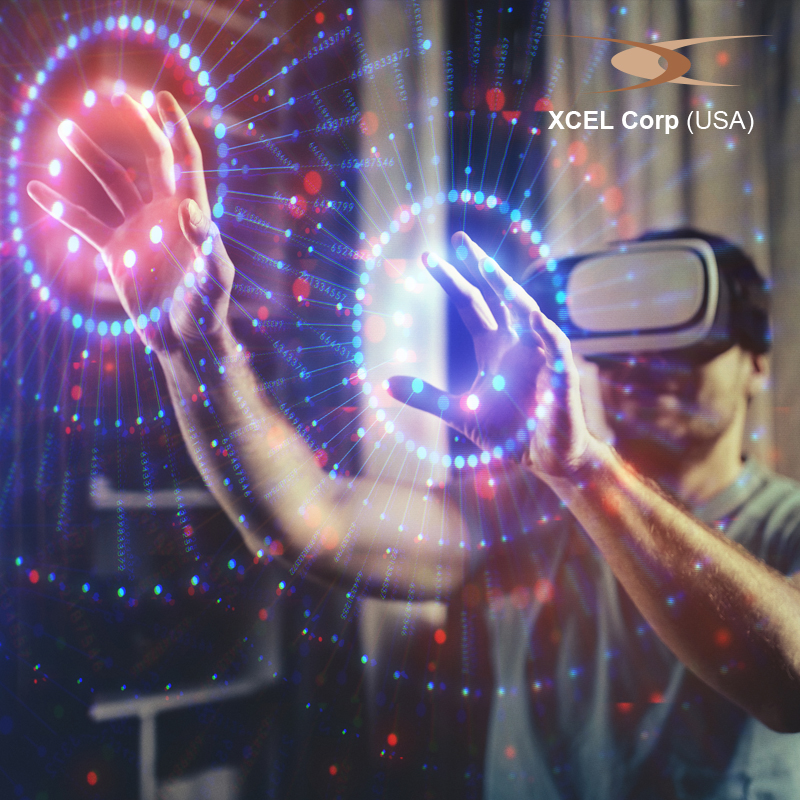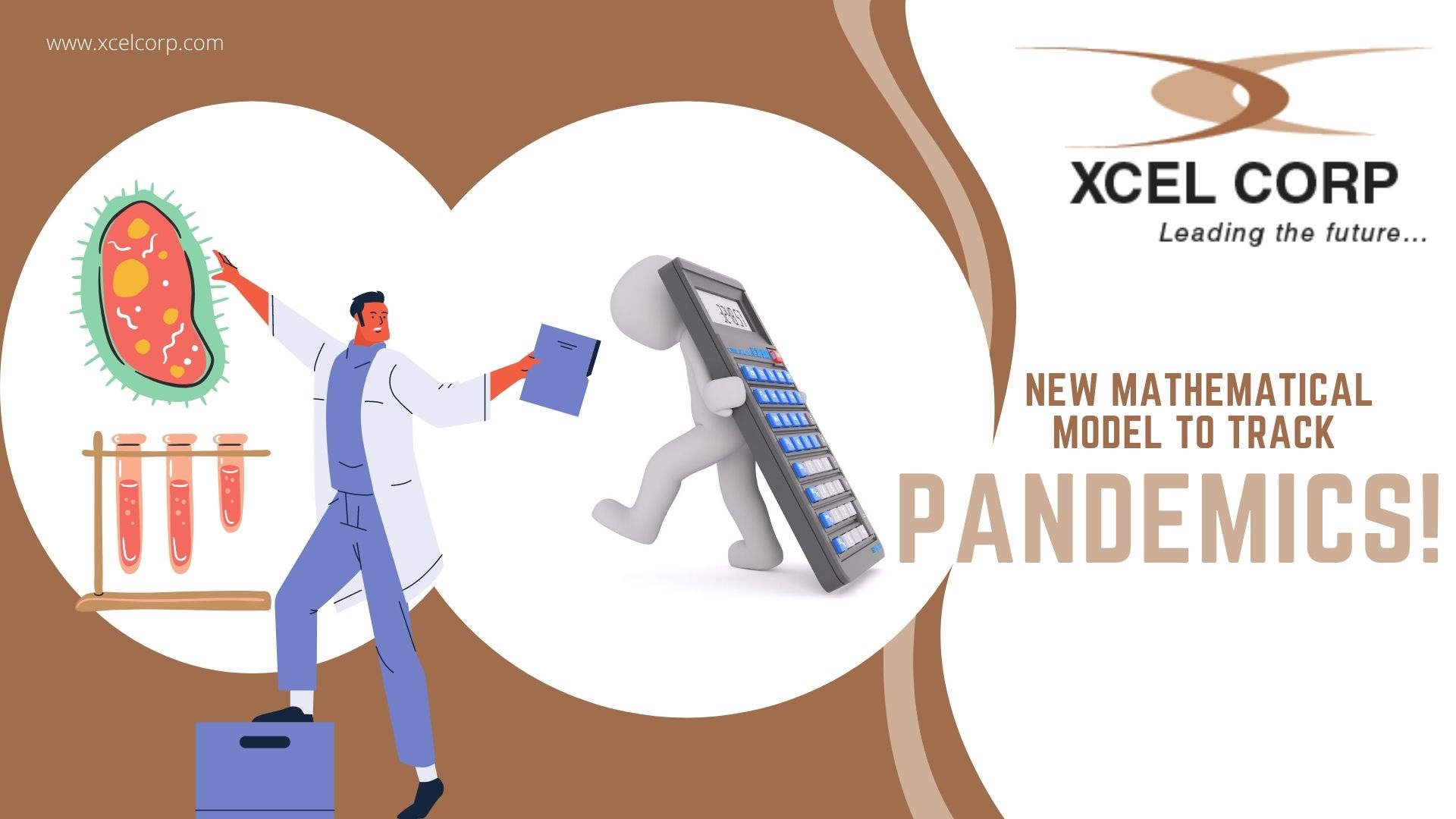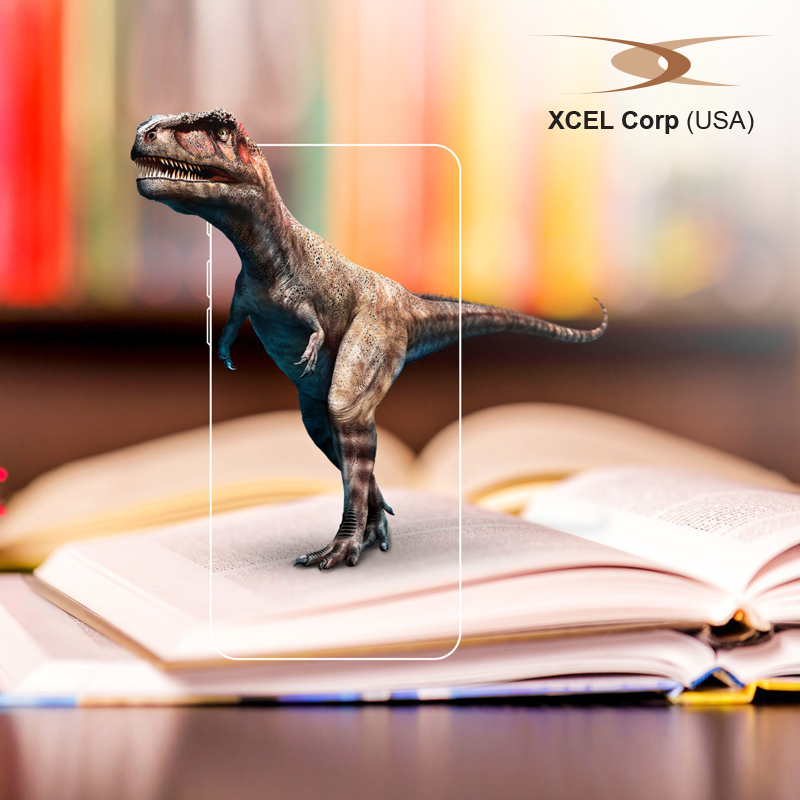Last week Microsoft introduced the new Holoportation technology to the world, scaling newer heights in AI, mixed reality and neural text to speech technologies.
Never ceasing to amaze its audiences, whether it is a stylus or an automated travel diary system, the tech giant brought surreal technology called Holoporationto the recent Microsoft Inspire 2019 event. For quite a while now, the company’s R&D has been working on holoportation, which is a 3D capture technology that reconstructs, compresses and transmits 3D Models of people.
Advancing further, Microsoft’s researchers have also been taking a new approach to holoportation through the cellular by changing the background, lighting, and bandwidth to accomplish and extend features to a greater extent. Azure Corporate’s Vice President, Julia White demonstrated holoportation, and how it works with a Hololens 2 headset while explaining the technologies used behind the invention. With the Hololens 2 headset, a complete hologram of herself was generated that even spoke in a foreign language.
Approaches
There were four types of approaches used to develop this technology involving:
Mixed Reality
A hologram of the speaker was created in real-time using this. High-quality 3D models were reconstructed and transmitted using the 3D capture technology that was combined with mixed reality. Here, Hololens 2 was used for audiovisual communication with people who were not present at the spot.
Speech-to-text
Azure’s Speech-to-Text technology enabled real-time transcription of audio streams consumed by the device to provide alternative outputs.
Translate
Another Azure technology, the Speech Translator allows automatic cloud-based translation that converts the English speech, into an entirely different language, in this case, Japanese.
Neural Text-to-Speech
Deep neural networks are used to overcome the limitations with fundamental text-to-speech systems. This way the patterns of stress and intonation in the spoken language are easily captured and matched with the original way the language would be articulated.
White’s 3D life-sized replica was speaking in the Japanese language, while she wasn’t proficient in the language.
For more such interesting news and technology updates, reach out to xcelcorp.com.


 For companies that are looking to migrate to the cloud, AWS remains their top pick. But now with several other providers in the fray,…
For companies that are looking to migrate to the cloud, AWS remains their top pick. But now with several other providers in the fray,…

